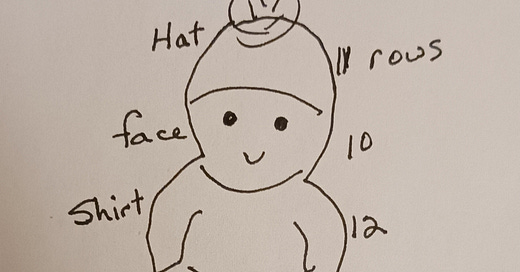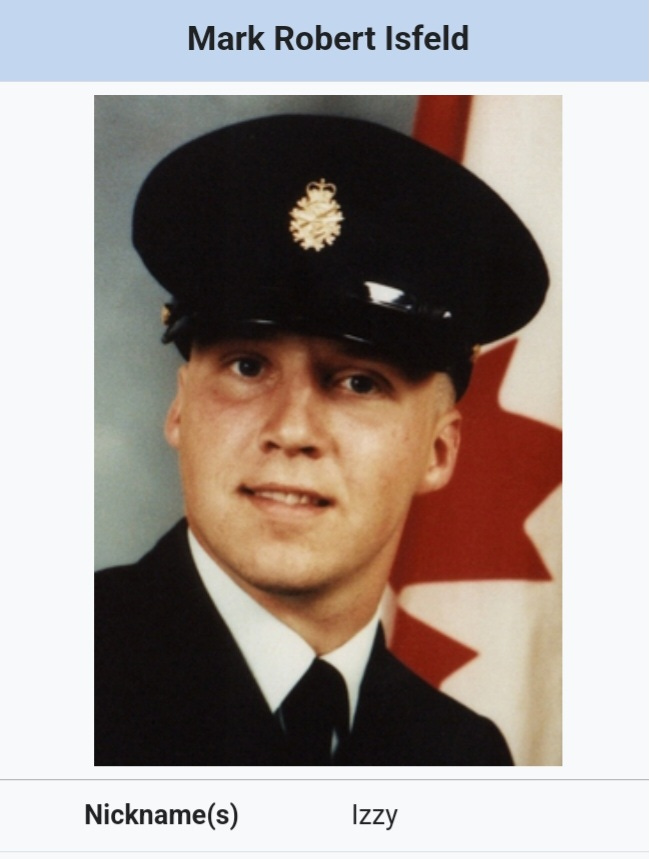I began writing Substack posts over a year ago with the idea of sharing snippets from my unpublished memoir, Just Call Me Irene. The hope was that it might facilitate my attempt to publish the story. That book about my mom, her early life and eventual decline into dementia during the Covid pandemic, is still a story I want to share.
However, Irene’s story is ongoing. What I’ve learned during the past four years my mother has been in a long-term care home, Marshall Gowland Manor (MGM), is worthy of a book on its own. Or at least additional chapters for my current manuscript.
At 98 years young, my mother teaches me things each time I visit her. And my interaction with other residents and staff at MGM provides a never-ending source of joy, inspiration, amazement, and often sadness as resident’s names disappear from rooms, replaced by new names. New “neighbors” in my mother’s tight-knit community.
A few months back I came across a Facebook group that I was immediately drawn to: Random Acts of Knitting and Crocheting Kindness. Recent posts in this group provide knitting tutorials, photos of doll creations, and advice regarding how and where to share the dolls.
Knitted doll patterns have been around for decades, but, judging by the activity in the Random Acts group, a particular style of doll, called an Izzy doll, has experienced a resurgence in the knitting community. I fell in love with the cute little dolls and saw an opportunity to use up all my scraps of yarn accumulated over the years. I began with this basic pattern and a head full of ideas.
To date, I’ve knitted dozens of different versions of the basic pattern. I won’t call my dolls exactly “Izzy”, but certainly Izzy-inspired.
The iconic Izzy Doll originated in Canada. Carol Isfeld began knitting dolls for her son, Master Corporal Mark “Izzy” Isfeld, to give to children in war-torn areas where he served. Mark was killed in Croatia in 1994 but his legacy lives on with thousands of knitted dolls distributed through the Canadian Armed Forces, charities, and legions of volunteer knitters worldwide. According to Wikipedia, “approximately 1.3 million Izzy dolls have been given out around the world.”
I didn’t think I had an addictive personality. That was before I began knitting these dolls. In February, I started using up my bag of leftover yarn. Forty-five dolls/bears/mice/rabbits and a few trips to the yarn store later, I had to reconsider my personality!
At that point, I knew I needed to find a way to put my creations to good use. Thoughts of donating them to children’s hospital wards or women and children’s shelters crossed my mind. Many people in the Facebook group leave dolls in random places for people to find. All of those ideas are wonderful, but I wanted to do something more personal.
Over the years, I’ve traversed the halls of MGM with my mother...her trotting along at a brisk pace with her walker, me trying to keep up while not mowing-down others in the hallway. Between walkers with walkers, ambulatory walkers, and elders in wheelchairs, it struck me how many of them carried stuffed animals or small dolls around with them.
So, on one of my more recent visits, I did a test-run, taking a few dolls to see how my mother would react. She loved them. They are so cute. Did you really knit those? The inference that I couldn’t possibly knit that well was not lost on me! A typical “Irene-ism.”
To be sure the dolls would be welcome at MGM, I spoke to several staff members and asked if it would go against the rules to give them away to anyone who wanted one. They gave me the thumbs up.
I also did a little research regarding dolls and dementia. There are dozens of reputable studies showing the benefits to dementia patients of having dolls or stuffed animals to hold and cuddle.
Dementia UK’s website says, in part, “...dolls or soft toy animals can have great benefits for some people with dementia, particularly in the later stages. They can promote feelings of relaxation and pleasure and are considered a form of therapy – not merely playing with a toy. The website also gives the following tips for introducing dementia patients to dolls:
Introduce the doll or soft toy animal gradually…place it on a chair…watch to see how – and if – they respond
You could offer the person a choice of different dolls or animals to pick from
If they show an interest, you can encourage them by saying things like, “would you like to pick it up? Or, “Shall I put it on your lap?”
Also available on the website are a wide variety of resources and helpful information regarding the use of dolls/stuffed animals to support caregivers of dementia patients.
Likewise, Cleveland Clinic studies show promise for managing agitation in patients with dementia. Their website provides information from healthcare facilities reporting “success in reducing confusion and agitation when using baby dolls or toy dogs and cats.”
And, if you really want a more involved, technical study: “Effect of Doll Therapy in Behavioral and Psychological Symptoms of Dementia” by Angela Martin-Garcia, et al, says, “Our findings suggest that doll therapy improves the emotional state of people with dementia.” Additionally, the NIH website offers hours of reading on the subject.
Last month, given all the positives I had read, I loaded up my knitted hoard in a wicker basket and took them with me to MGM. Little did I know that, in sharing the little dolls, I would receive so much more from the recipients than they would get from me.
Coffee and tea afternoons are a staple of the activities at MGM. The chance to interact with other residents, and often their family members, is paramount to the overall welfare of residents. It was at one of those events that my dolls became a focal point. Not only did staff find the dolls irresistible, but many residents got involved choosing a doll from my basket. Several gentlemen took a Paddington Bear or Canadian flag bear.
One lovely woman, non-verbal, accepted a Paddington Bear doll at the suggestion of her daughter. I watched as the elderly woman lovingly held the doll in one hand while tracing the stitches of the doll with a fingertip. She was enthralled. The look on her face said it all. Her daughter, visiting, explained to me that her mom used to knit and was obviously enjoying her own memories of knitting.
A charming resident shared with me that she was an avid knitter in earlier years. The sweater she was wearing was one of her creations from years ago. It was beautifully done. I loved the fact she shared that with me. We had an animated conversation about her obvious talent with the knitting needles. She beamed as she told me about her own knitting experience.
Another woman, who mentioned she had family in Ukraine, was thrilled to accept my “Ukrainian Doll” dressed in blue and yellow to honor the Ukrainian flag. I plan to make several more of those. Also, my Canadian flag bears, red & white with the maple leaf in the center.
I expect to see several of my dolls riding in walkers and tucked into the pockets of wheelchairs the next time I visit MGM.
Of course, my mother, Irene, who for decades created amazing sweaters for herself and our family, took great pleasure in letting the assembled group know that she had knitted many of the dolls in my basket just that morning! I absolutely gave her all the credit, and a hug besides.
All in all, my attempt to bring smiles to many faces was a huge success. I am still knitting but will call a halt to it once the weather becomes too warm. Knitting, I find, is more a winter activity. My new hoard of dolls currently stands at fourteen. There is a nursing home around the corner from my house. I may drop in there one day and see if any smiles can be had in my neighborhood.
This won’t be the last you hear about the lovely people at MGM. My mother, Irene, is in a new phase of her life surrounded by caring people, staff and residents alike. If my dolls and animals can encourage conversation and elicit smiles, I will continue to knit, purl, and share.
Thanks for joining me this month. Subscribing is FREE and easy! Hope you will leave a comment. I enjoy hearing your suggestions, observations, and most of all your thoughts.







Those dolls are adorable! What a wonderful use of you knitting talents! Very interesting information about the therapeutic benefits your little dolls could provide. Keep up the good work, Bev!!
Wow, Beverley, what a lovely read. Your mom was such a beautiful knitter who, as you know, donated many childrens’ sweaters to Head Start here in Moncton. She would have loved knitting these dolls as much as you do. Thank you for your act of kindness, a testament to and encouragement for the rest of us to do random acts of kindness ourselves.